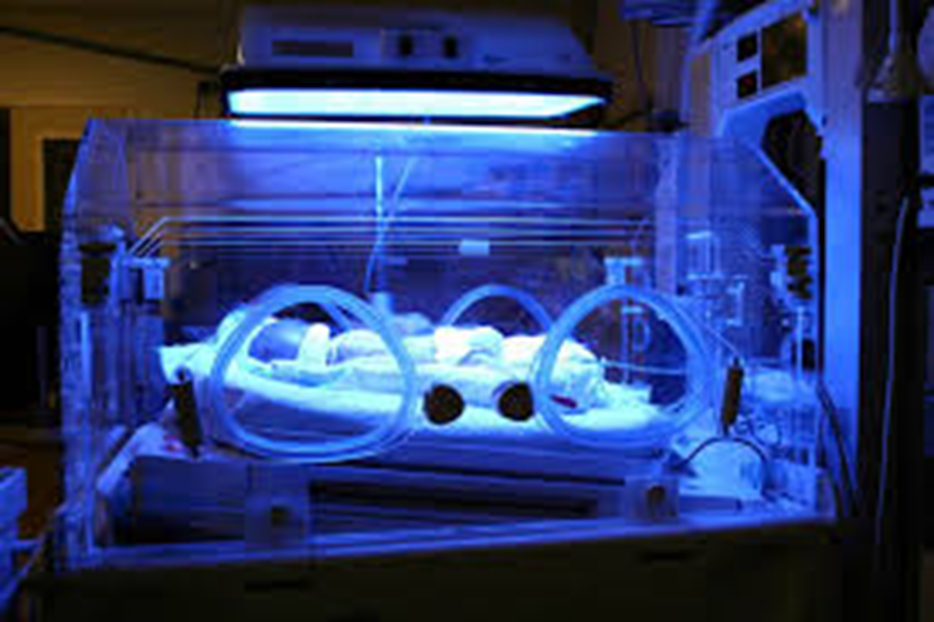The nurse is preparing a dose of 10 mg of teriparatide. The medication is labeled 760 mcg/2.4 ml.
How many ml should the nurse administer? (Enter numeric value only. If rounding is required, round to the nearest tenth.)
The Correct Answer is ["0.3"]
To convert mg to mcg, multiply by 1000.
10 mg x 1000 = 10000 mcg
To find the volume of teriparatide that contains 10000 mcg, use a proportion.
760 mcg / 2.4 ml = 10000 mcg / x ml
Cross-multiply and solve for x.
760 x = 24000
x = 24000 / 760
x = 31.57894736842105
Round to the nearest tenth.
x = 0.3 ml
Nursing Test Bank
Naxlex Comprehensive Predictor Exams
Related Questions
Correct Answer is B,A,C,D
Explanation
The correct order is:
- Note date and time of the behavior.
- Discuss the issue privately with the UAP.
- Plan for scheduled break times.
- Evaluate the UAP for signs of improvement.
Here are the reasons for this order:
- Note date and time of the behavior. This should be done first, as it can provide objective evidence of the UAP's behavior and its impact on patient care and staff workload. The unit manager should document any incidents or complaints related to the UAP's behavior in a factual manner.
- Discuss the issue privately with the UAP. This should be done second, as it can provide an opportunity for feedback and clarification. The unit manager should use a respectful and professional tone, and explain how the UAP's behavior affects patient safety and staff morale. The unit manager should also listen to any concerns or challenges that the UAP may have, and offer support or guidance as needed.
- Plan for scheduled break times. This should be done third, as it can provide a solution or prevention strategy for future occurrences. The unit manager should work with the UAP and other staff members to ensure that there are adequate breaks and coverage for patient care. The unit manager should also review any policies or procedures related to break times and staff attendance.
- Evaluate the UAP for signs of improvement. This should be done last, as it can provide a measure of effectiveness and accountability. The unit manager should monitor and document any changes in the UAP's behavior, performance, or attitude. The unit manager should also provide positive reinforcement or corrective action as appropriate.
Correct Answer is C
Explanation
Choice A reason: Feeding the infant every 4 hours is not a specific instruction for home phototherapy, which is a treatment that uses blue light to break down excess bilirubin in the skin and blood. However, feeding the infant frequently is important to promote hydration and elimination of bilirubin through urine and stool.
Choice B reason: Performing diaper changes under the light is not a recommended instruction for home phototherapy, which is a treatment that uses blue light to break down excess bilirubin in the skin and blood. The nurse should instruct the parents to turn off the light and cover the infant's eyes with protective goggles or patches during diaper changes to prevent eye damage or irritation.
Choice C reason: This is the correct answer because repositioning the infant every 2 hours is an essential instruction for home phototherapy, which is a treatment that uses blue light to break down excess bilirubin in the skin and blood. The nurse should instruct the parents to rotate the infant's position every 2 hours to expose different areas of the skin to the light and prevent pressure ulcers or skin breakdown.

Choice D reason: Covering with a receiving blanket is not an appropriate instruction for home phototherapy, which is a treatment that uses blue light to break down excess bilirubin in the skin and blood. The nurse should instruct the parents to keep the infant unclothed except for a diaper and eye protection during phototherapy to maximize skin exposure to the light and increase its effectiveness.
Whether you are a student looking to ace your exams or a practicing nurse seeking to enhance your expertise , our nursing education contents will empower you with the confidence and competence to make a difference in the lives of patients and become a respected leader in the healthcare field.
Visit Naxlex, invest in your future and unlock endless possibilities with our unparalleled nursing education contents today
Report Wrong Answer on the Current Question
Do you disagree with the answer? If yes, what is your expected answer? Explain.
Kindly be descriptive with the issue you are facing.
